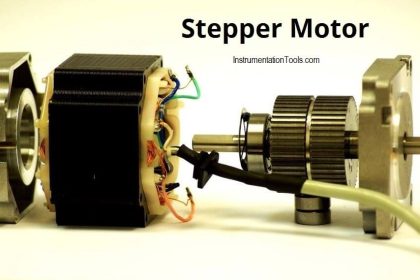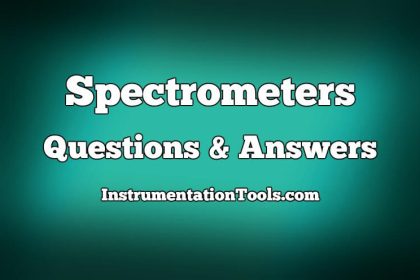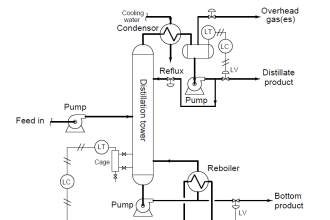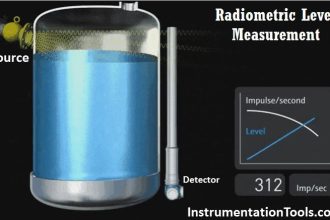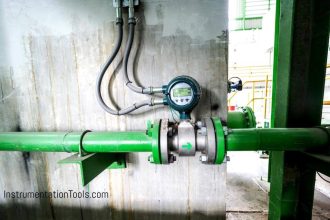Instrumentation of Ion Spectroscopy
1. In ion spectroscopy, the positive ions are focussed on the sample at which of the following angles?
a) 20o
b) 30o
c) 45o
d) 90o
Answer: c
Explanation: In ion spectroscopy, the positive ions are focussed on the sample at 45o. Ions are formed by bombardment.
2. Only those electrons which are in a selected small solid angle are received in the ________ electrostatic analyser.
a) 100o
b) 127o
c) 180o
d) 263o
Answer: b
Explanation: Only those electrons which are in a selected small solid angle are received in the 127o electrostatic analyser. Ions are scattered in all directions.
3. Which of the following can be used as the detector in ion spectroscopy?
a) Faraday cup collector
b) Channel electron multiplier
c) Micro-channel plate
d) Flame ionization detector
Answer: b
Explanation: Channel electron multiplier can be used as the detector in ion spectroscopy. Solid state detector can also be used.
4. In order to obtain ISS spectra, the backscattered primary ions are sampled by which of the following?
a) Faraday cup analyser
b) Photographic analyser
c) Micro-channel analyser
d) Cylindrical mirror analyser
Answer: d
Explanation: In order to obtain ISS spectra, the backscattered primary ions are sampled by cylindrical mirror analyser. Their kinetic energies are then measured.
5. Which of the following is the energy after collision with a surface atom for a scattering angle of 90o when Eo is the energy of the incident ion, M1 is the mass of the incident ion and M2 is the mass of the target surface?
a) Eo(M2-M1)/(M2+M1)
b) Eo(M2+M1)/(M2-M1)
c) Eo(M2×M1)/(M2+M1)
d) Eo(M2-M1)/(M2×M1)
Answer: a
Explanation: Eo(M2-M1)/(M2+M1) is the energy after collision with a surface atom for a scattering angle of 90o. But, this is valid only when M1<M2.
6. It is advantageous to use ions from a variety of gases.
a) True
b) False
Answer: a
Explanation: It is advantageous to use ions from a variety of gases. Few gases are chosen to avoid side effects.
7. Which of the following gases is not often used in ion spectroscopy?
a) Helium
b) Argon
c) Nitrogen
d) Neon
Answer: c
Explanation: Helium, argon and inert gases are usually chosen for ion spectroscopy. These gases are chosen to avoid side effects.
8. ISS is sensitive to every element heavier than which of the following?
a) Helium
b) Hydrogen
c) Nitrogen
d) Neon
Answer: a
Explanation: ISS is sensitive to every element heavier than helium. The lightest isotope used as primary ion is that of helium.
9. Which of the following is the lightest isotope used as a primary ion?
a) He
b) 2He
c) 3He
d) 3H
Answer: c
Explanation: 3He is the lightest isotope used as a primary ion. Though hydrogen is lightest it is not used.
10. The specificity will vary depending on the scattering gas used.
a) True
b) False
Answer: a
Explanation: The specificity will vary depending on the scattering gas used. Only few gases are preferred to avoid side effects.
11. ISS is less sensitive than which of the following?
a) SIMS
b) Auger
c) ESCA
d) AES
Answer: a
Explanation: ISS is less sensitive than SIMS. It is more sensitive than Auger or ESCA.
12. Which of the following is the detection limit of ISS for monolayer?
a) 10 -1 %
b) 10 -2 %
c) 10 -3 %
d) 10 -4 %
Answer: c
Explanation: 10-3% of the monolayer is the detection limit of ISS. It can be effectively used for depth profiling.
13. After passing through the pre-filter, ions are passed through which of the following?
a) Quadrupole mass spectrometer
b) Time of flight mass spectrometer
c) Radiofrequency mass spectrometer
d) Magnetic deflection mass spectrometer
Answer: a
Explanation: After passing through the pre-filter, ions are passed through quadrupole mass spectrometer. Pre-filter is a discriminator.
14. Which of the following is the range of quadrupole mass spectrometer used in SIMS?
a) 100-200 amu
b) 200-300 amu
c) 500-1000 amu
d) 200-500 amu
Answer: c
Explanation: 500-1000 amu is the range of quadrupole mass spectrometer used in SIMS. SIMS shows good specificity.
15. Which of the following is the resolution of quadrupole mass spectrometer used in SIMS?
a) 1 amu
b) 2 amu
c) 5 amu
d) 3 amu
Answer: a
Explanation: 1 amu is the resolution of quadrupole mass spectrometer used in SIMS. SIMS shows good specificity.
